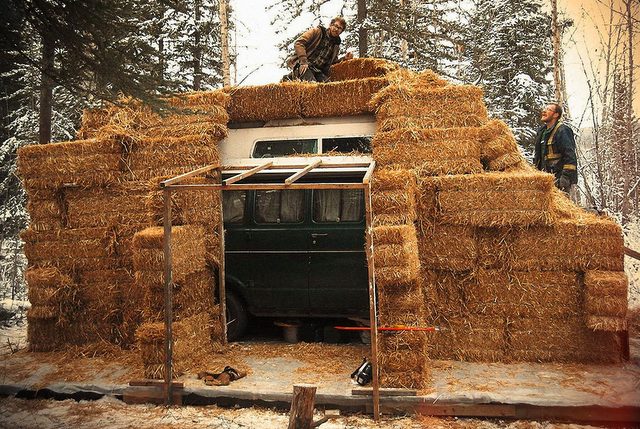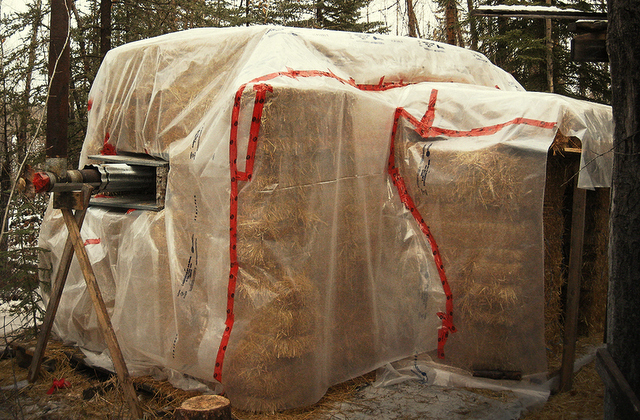Richard
Well-known member
- Joined
- May 3, 2016
- Messages
- 274
- Reaction score
- 2
To be clear, yes, this is a sincere question. And, yes, I realize there will be challenges. That said...
With the exception of the van floor, I'm entertaining a polyiso layer that wraps around 3 sides (minus the non-passenger nose section) and covers the roof.
The challenges that come immediately to mind are aerodynamic (minimize extra drag during transit and the associated secure mounting strategy to ensure it stays mounted), weatherproofing (getting rain between insulation and van exterior could lewad to mold/mildew accumulation. On a related note, sand from sandstorm, space for insects to build nests, hives, etc., could be problematic
The benefits of a successful exterior insulation implementation include template simplicity (especially re: doors and rounded corners, where locks & wiring can be... inconvenient), insulation continuity (no more need for spray foam, fiberglass batting, etc., to fill awkward gaps), ease of installation (standing outside with mostly single-fit pieces attaching to mostly flat surfaces vs. cutting many smaller pieces to fit between ribs, inside door panels, etc.), and potentially more interior room at the top & sides (e.g., one might choose to paint the metal interior and to fasten directly to it vs. more traditional interior sheathing options).
Unless there's an insurmountable obstacle, let's brainstorm this a bit focusing on creative solutions.
Ready? GO!
With the exception of the van floor, I'm entertaining a polyiso layer that wraps around 3 sides (minus the non-passenger nose section) and covers the roof.
The challenges that come immediately to mind are aerodynamic (minimize extra drag during transit and the associated secure mounting strategy to ensure it stays mounted), weatherproofing (getting rain between insulation and van exterior could lewad to mold/mildew accumulation. On a related note, sand from sandstorm, space for insects to build nests, hives, etc., could be problematic
The benefits of a successful exterior insulation implementation include template simplicity (especially re: doors and rounded corners, where locks & wiring can be... inconvenient), insulation continuity (no more need for spray foam, fiberglass batting, etc., to fill awkward gaps), ease of installation (standing outside with mostly single-fit pieces attaching to mostly flat surfaces vs. cutting many smaller pieces to fit between ribs, inside door panels, etc.), and potentially more interior room at the top & sides (e.g., one might choose to paint the metal interior and to fasten directly to it vs. more traditional interior sheathing options).
Unless there's an insurmountable obstacle, let's brainstorm this a bit focusing on creative solutions.
Ready? GO!







